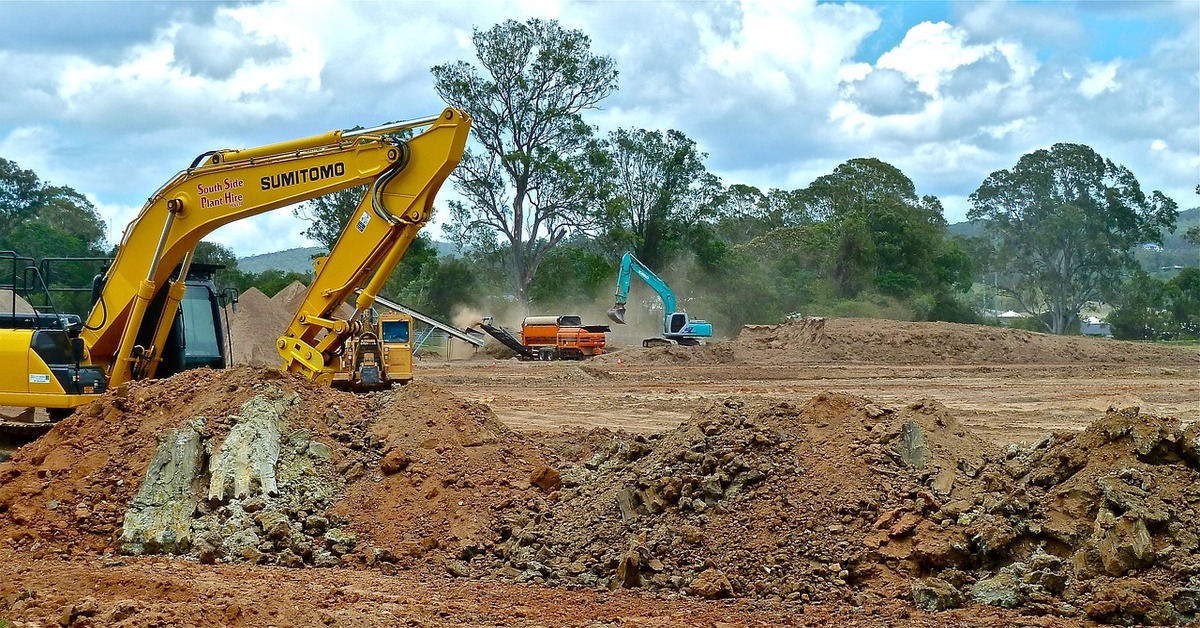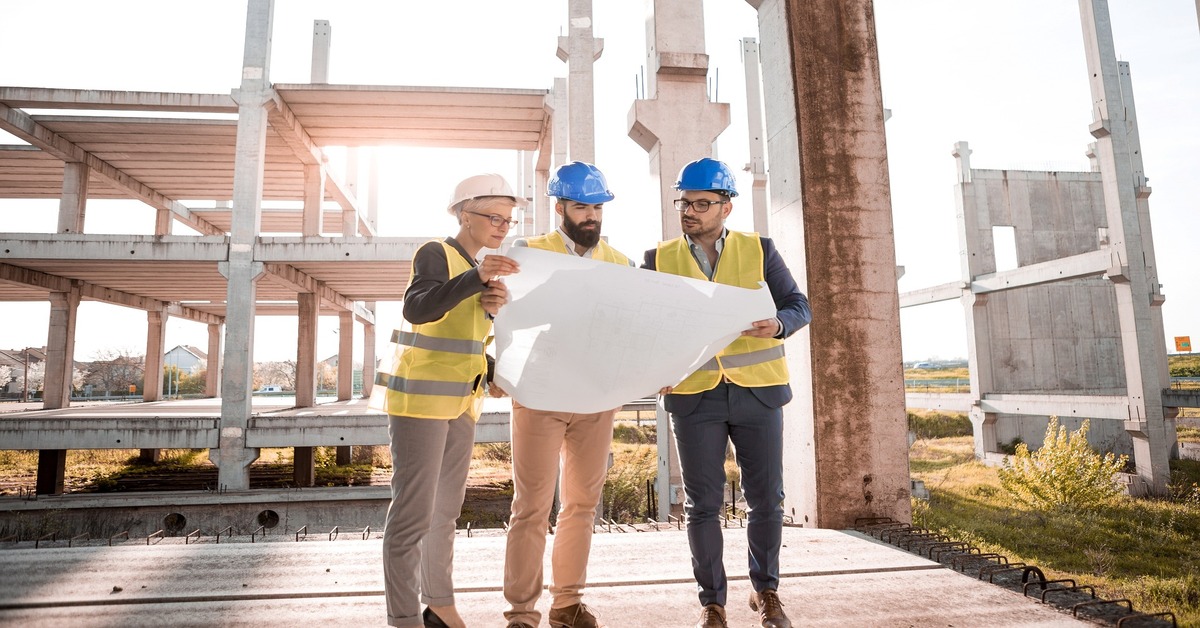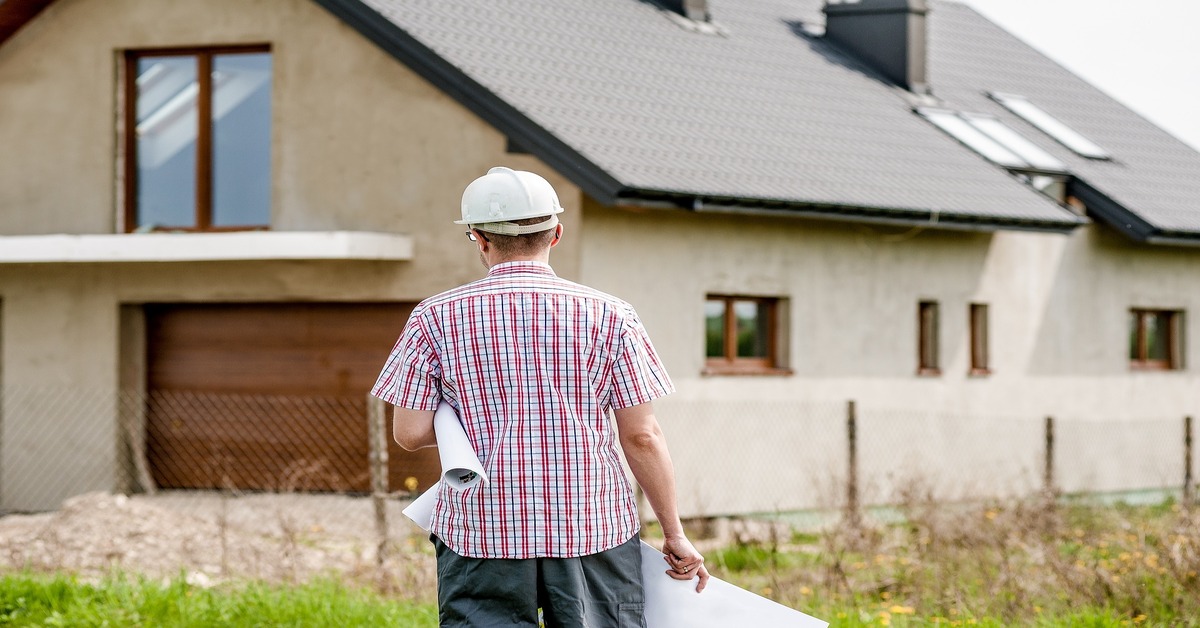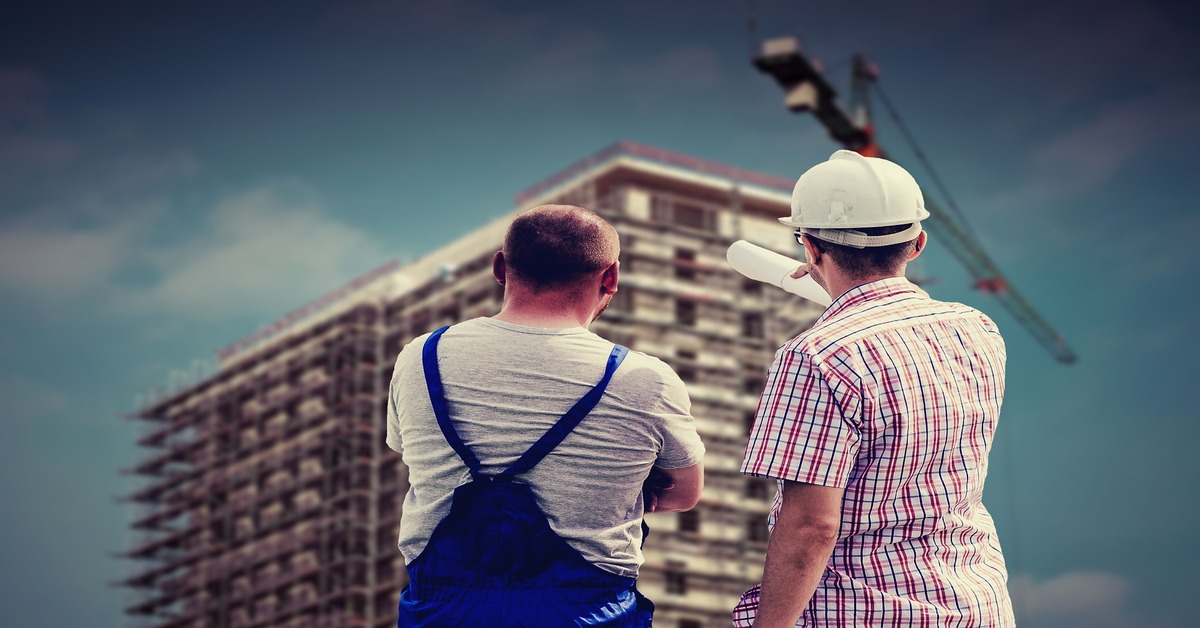

So, you want to build a house?
As we’re sure you’re already aware, housing construction in Australia is a significant undertaking.
There are plenty of pitfalls to avoid and things to look out for, but the rewards of building your own house are second to none.
Of course, there’s plenty you need to consider, including construction costs, land packages, building trends, building materials, and much more besides.
The average building costs vary, and the Australian construction industry can be a tricky beast for home builders to negotiate, but forge a path, and you’ll have your dream home to show for it.
In this article, we’ll provide a snapshot view of the critical essentials to consider. You’ll need to do further substantial research in each area.
What are the average building costs in Australia in 2023?
It’s the proverbial elephant in the room. What is the final cost of your house likely to be?
According to the Australian Bureau of Statistics (ABS), building a home costs around $473,000 on average (including houses and unit data.)
The cost of building a new home has skyrocketed by around $80,000 since the pandemic as rising material costs, supply chain shortages, and a labour shortfall have rocked the building industry.
Let’s explore six factors affecting the prices for home builders.
1. Cost of land
When calculating how much it costs to build a house in Australia, the first thing to consider is the cost of the land on which the house will be built, which varies significantly from state to state. For example, land packages in Sydney cost more than double those in Perth.

2. Size of the home
It’s a somewhat moot point. The size of your home will affect the cost of materials used to build it. How many rooms, how many bedrooms, flooring, roofing materials etc.
The size of the average home for a new build in Australia is currently around 235.8 sqm. That’s a whole lot of area to fill with materials that you’ll be charged for per square metre! It also means Australians are now building the world’s biggest homes.
3. Quality
Of course, the fundamentals of a home don’t change much – you need walls, flooring, and a roof to make a comfortable dwelling. However, in reality, we all know that the quality of the materials you choose will dramatically affect the overall cost of your house.
You’ll need to consider your budget, where you want to cut corners and go for generally cheaper options, and where you don’t want to compromise on quality. A professional can help talk you through the building process and where to prioritise building costs.
4. On-site conditions
The site conditions may dictate construction costs, and these are often completely out of your control. For example, you may have to choose particular foundations due to poor ground quality. There may also be local regulations and planning overlays that affect your home building.

5. Timeframe
Amid supply constraints and labour shortages in skilled trades, the average time of build journeys is getting stretched, making the prime cost (Direct raw materials+Direct labour) for firms all the more expensive.
When there’s a delay in getting access to building materials due to supply chains under stress, it can cause the whole project to stall. A stalling project is never good for the final price.
6. Design complexity
Finally, simple designs are quicker and easier to build than complex designs and are therefore cheaper. An architecturally designed home that sways from the norm will lead to increased costs as builders have to perform more complex tasks.
It’s generally more cost-effective to stick with the standard inclusions if you opt for a volume builder.
If you want to make additions to your home design, including extra rooms for extended family, it will be challenging to keep costs down.
Again, this is an issue for you to discuss with a building professional who can help match your preferences to your budget.
Fixed price contracts vs. cost-plus
You’ll also need to consider whether you opt for a fixed price or a cost-plus contract.
A fixed-price contract is precisely that. The price agreed upon at the start of the project is the price at the end. On the other hand, a cost-plus contract estimates project costs but does not set the final price until you’ve completed the project.
Both options offer various pros and cons to the home builder. Generally speaking, a fixed-price contract means less risk. However, a cost-plus contract can be beneficial depending on the terms you negotiate with the building firm.
Other things to consider when planning
The cost will naturally take up a significant proportion of your considerations, and your budget filters through almost all decision-making. Getting all your financing in order well before you start any work is important, and having enough money available to cover costs in case you go over budget is something to think about.
Let’s run through some other essentials to think about.
1. Pick the right builder
Picking the right builder could be one of the most important decisions you make during the home construction process. Whichever builder you select, you will be working with them for many months. It’s critical to make the right decision from the start to avoid problems later on.

Consider their experience, references, credentials, as well as their style and personality. Of course, price is naturally a factor here, too.
Your builder is going to be your partner, so choose wisely.
2. Understand your agreement
Following on from the choice of fixed-price or cost-plus contracts, it’s essential to read the contract with your builder carefully to ensure you understand its contents. Make sure you’re not caught off guard by what the construction costs include and exclude and pay particular attention to the payment schedule.
3. You may have access to help
Depending on your state or territory of residence, you may be eligible for a First Home Owner Grant (FHOG) if you are building your first home. This could significantly reduce the cost of your home. Similarly, depending on your state or territory, you may be eligible for stamp duty exemptions when purchasing your building lot.
4. Communicate
Building dream homes takes effective communication from the outset. Throughout the different stages, get regular updates on the construction progress. Maintain that relationship with the builders and tradespeople so you can tackle any issues as they arise.
Incidentally, a home renovation can be almost as costly and problematic as building a home from scratch. These tips for planning a new build also apply to renovating your home. Check out our list of ways to save money during a home renovation for more renovation-specific advice.

Key areas of your new home to think about
Finally, a word on a few of the key decisions that will affect the look and feel of your home.
- The exterior of your home: It’s the first thing that people will see, so it’s important to choose a design that you love and that fits with the surrounding environment. Your roof is especially important as it protects your structure. You’ll want a roof that offers the proper ventilation for an energy-efficient home and protects against the Australian weather.
- The interior of your home: Obviously, you spend most of your time inside the home! So, you’ll want a space that’s both functional and aesthetically pleasing. Consider things like the layout of rooms, the colour palette, lighting, flooring, and finishes.
- Landscaping: Your yard and outdoor space can have a big impact on the overall look and feel of your home. Consider how you want to use your outdoor space and what type of landscaping will work best for your home.
